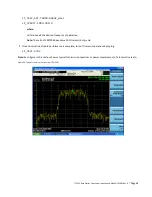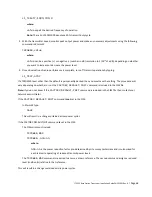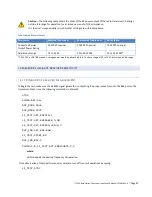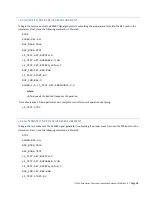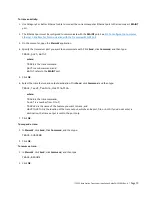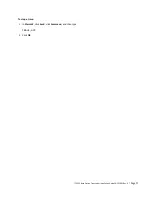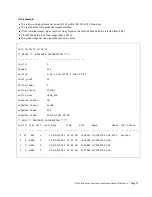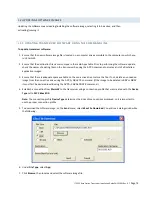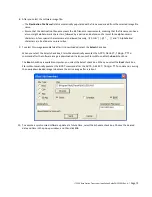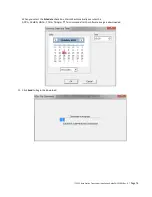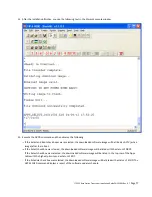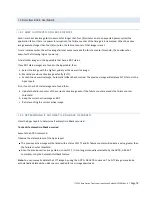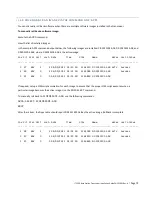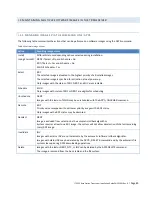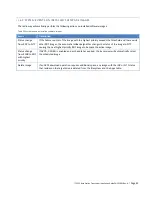
ITC 220 Base Station Transceiver Installation Guide PN 133991 Rev. A
| Page 78
J.3 ROLLING BACK AN IMAGE
J.3.1 HOW AUTOMATIC ROLLBACK OCCURS
Each time the active image fails to execute for longer than four (4) minutes due to unexpected power-cycles (the
application fails or there is a power interruption), the failure counter of that image is incremented. When the active
image executes longer than four (4) minutes, the failure counter of that image is reset.
In rare instances when the active image failure counter exceeds the failure counter threshold, the bootlauncher
executes the following logic at power up:
Find all other images in the Apps table that have a RDY status.
If any RDY status images are found in the Apps table, then:
a.
Select the image with the highest priority as the new active image.
b.
Mark the previous active image as faulty (FLTY).
c.
Launch the new active image. Automatic rollback has occurred. The previous image will display a FLTY status in the
Apps report.
Else, if no other RDY status images are found then:
a.
Update the failure counter of the current active image even if the failure counter exceeds the failure counter
threshold.
b.
Keep the current active image as RDY.
c.
Retry launching the current active image.
J.3.2 DETERMINING IF AUTOMATIC ROLLBACK OCCURRED
View the Apps report to determine if automatic rollback occurred.
To check if automatic rollback occurred
Execute the
APPS
command.
Observe the status column of the Apps report:
The previous active image will be listed with a status of FLTY and its failure counter will indicate a value greater than
the failure counter threshold.
Since the previous active image status is now FLTY, it is no longer manually selectable by the
APPS,SELECT
command, or by the Automatic rollback feature.
Note:
You can manually delete the FLTY image by using the
APPS,DELETE
command. The FLTY image may also be
automatically deleted when disk space is needed for new image downloads.

